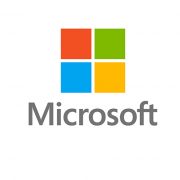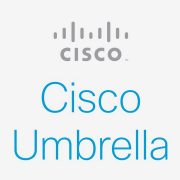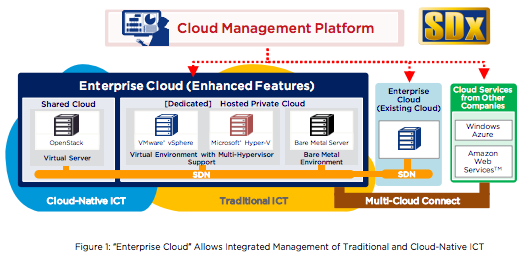Defining the Value of Technology Teams
Technology Teams are made up of a lot more than just the service technicians working with your customers. Every Technology Team is made up of a combination of people that account for every step of the Customer Journey. Sales, finance, even marketing…they’re all a part of your Technology Teams and enable you to reach your clients, making their jobs and lives a little easier and helping you stay ahead of technology.
Technology Teams are formed to deliver a unique set of solutions and services. Within one company, multiple Technology Teams can combine to form a resilient Technology Organization. ConnectWise provides a tailored experience to fit the customer journey by turning the ConnectWise suite into a platform of microservices. Building on the foundation of the Solutions Menu, we will focus on Technology Workers.
Building Value
As a business with your sights set on current and future success, you have to find ways to build resiliency into your business. A key way to do this is by building out multiple Technology Teams to continuously increase and diversify the value you offer to your clients. The more you can do to cover their needs, now and into the future, the more you’ll be able to serve the needs of your current customers and attract new ones.
Get Specialized
So why not just have one big team in your company, with every resource managing all of the information they need for each customer’s needs? Every Technology Team is going to have a unique approach to solving customer problems, whether in sales, services or billing, and you’ll want to have people dedicated to making sure those unique approaches are supported. Instead of overwhelming your team with the heavy load of understanding everything about every one of your customers.
No one can be a master of everything, so allow your Technology Teams to focus only on expertise in their specific area. By dividing your business efforts to focus on each specific Technology Team, you’ll be more efficient, your team will feel more in control, and your customers will feel like you really understand their needs.
Take the Lead
Once your Technology Teams are leading the way in meeting your customers’ varied—and growing—needs, they’ll be responsible for guiding your customers through every part of the customer journey.
Mastering each step of the customer journey for each Technology Team enables them to provide excellent customer service, laying the groundwork for long-term relationships that keep your customers happy and loyal.
Where to Start
Fortunately, you’re probably already doing this without realizing it. Do you have a list of services you offer? Those probably line up pretty nicely to some of the Technology Teams already. Now you’ll just need to conduct a gap analysis to find out what you’ve got covered and what still needs to have resources put toward it.
A gap analysis looks at your current performance to help you pinpoint the difference between your current and ideal states of business. Get started by answering these three deceptively simple questions with input from your team:
- Where are we now?
- Where do we want to be?
- How do we get there (close the gap)?
Keep working toward full coverage for every Technology Team your customers are looking for, and seeing every client through the steps of the customer journey and before long, you’ll be meeting and exceeding your business goals.
This article was provided by our service partner : Connectwise










